SPECTABILIS Alexander, 1941 (engl./ fr.)
Series Nudae
Type : MacDougall s.n., collected in the Sierra Juarez near Macuiltianguis, Oaxaca, Mexico, Feb 11. 1937, not – as the protologue states - winter 1937-38.
Etymology : For the showy flowers.
Distribution : Mexico (Oaxaca).
First Description by Alexander in Cactus & Succulent Journal US 13 (8): 137 - 138, fig. 79, 80. 1941 :
Plant caulescent and shrubby with several few-branched stems up to 60 cm tall so far as known, all parts densely muriculate-papillose, which produces a satiny sheen and gives an impression of puberulence.
Leaves subrosulate at the apex and scattered immediately below, 4 - 7 cm long and 2 - 3 cm wide, dull yellow green with red margins, abruptly mucronate, petiole and blade distinct.
Inflorescences 25 - 70 cm long, erect, the bracts similar to the leaves, but not so distinctly petioled, 3 - 4 cm long, obovate, abruptly apiculate, pedicels 3.5 cm long, 2-bracted, the bractlets oblong-linear, acute, 15 - 16 mm long.
Flowers 5 - 12 in a multilateral raceme, sepals nearly equal, spreading, 16 - 18 mm long, oblong-lanceolate, acute, corolla 2.4 cm long, 1.5 cm wide, oblong-conical, sharply angled, vermillion, the apical 5 - 7 mm lemon-yellow, the tips spreading, petals deeply channelled the entire length of the inner face, nectar sacs 5 mm deep, stamens opposite the petals 15 mm long, those opposite the sepals 17 mm long, stouter, carpel cluster 21 mm long, the carpels united for 3 - 4 mm above the base, the body 6 mm long, creamy yellow, styles 13 mm long, pale yellow green becoming green towards the apex, stigmas maroon-purple with olivaceous tips, nectarine glands lunate, pale yellow, touching each other and standing out collar-like.
Cytology : n = ± 105.
The large brilliant flowers and robust growth of this plant make it one of the most showy members of the genus when in flower.
Habit and pubescence similar to E. coccinea and E. pubescens differing in the much larger pedicelled flowers, less pubescent, and differently shaped leaves. Related rather to the Central and South American group, differing greatly, however, in flower size. This species and E. carminea are approached in flower size only by E. harmsii.
Link to a summary of the above description in English and French.
Offered by ISI as n° 372 in 1960.
Note :
Photos in Pilbeam, The Genus Echeveria, p. 262 & 263, figs. 373 & 375, 2008, are not correct, the leaves of both plants lack the distinct petioles the protologue calls for ; photo Fig. 374 is doubtful, pedicels are too short - see illustration below.
The photos on crassulaceae.com are completely wrong, the leaves are glabrous instead of muriculate-papillose and the leaf shape is not correct either. The pedicels are far too short and the red flower stem does not correspond at all.
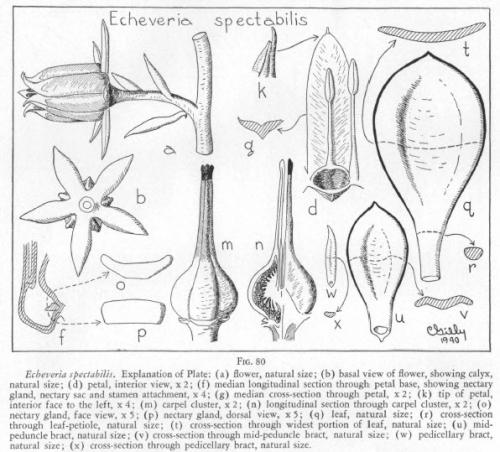
Illustration published with the First Description by Alexander in Cactus & Succulent Journal US 13 (8):138, fig. 80. 1941.
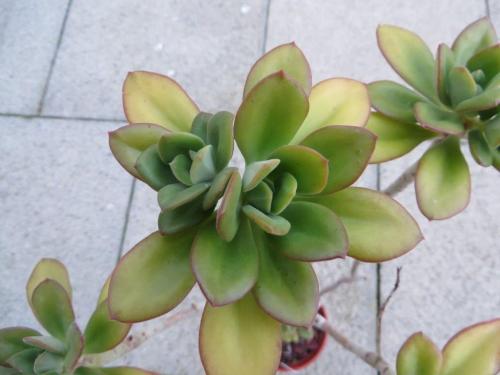
Photo Margrit Bischofberger
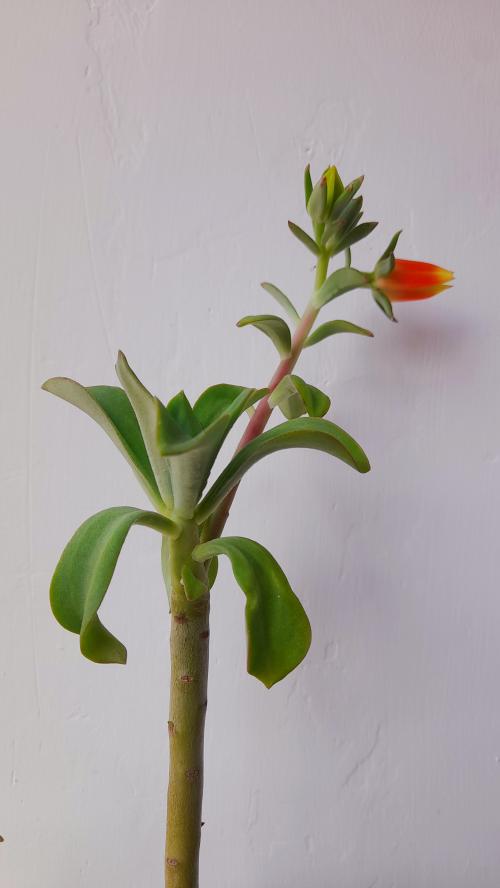
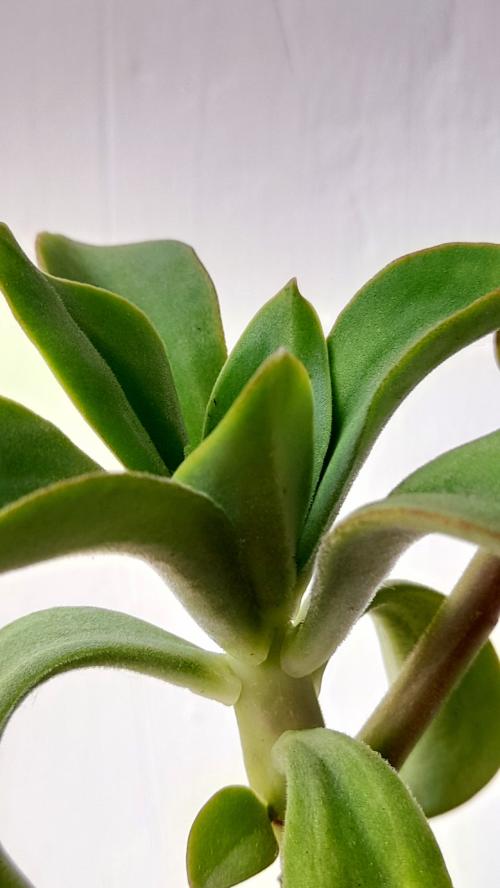
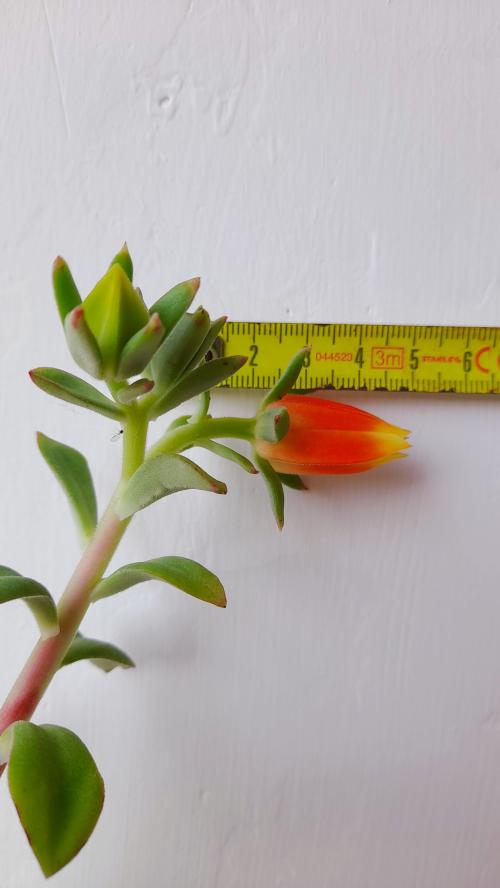
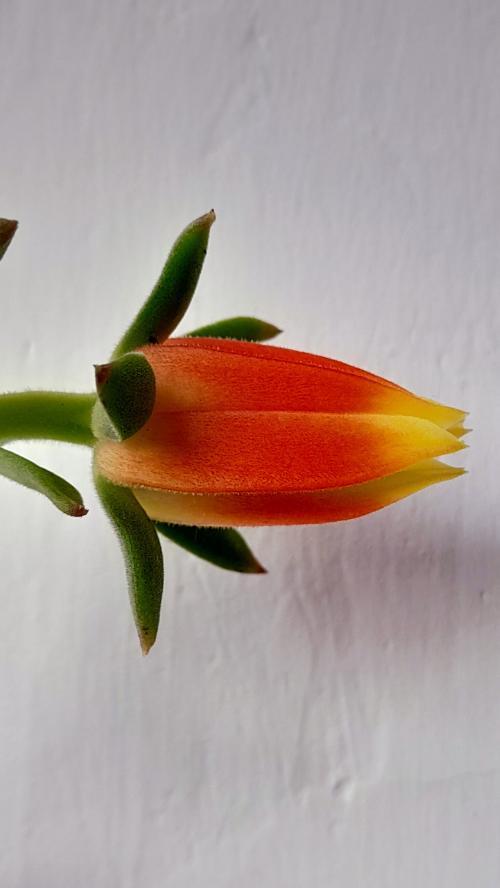
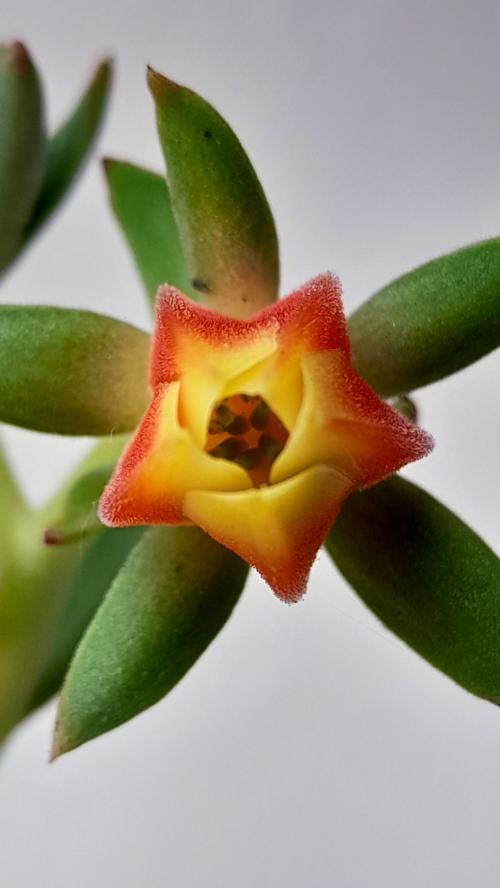
Photos Devis Bortolamei